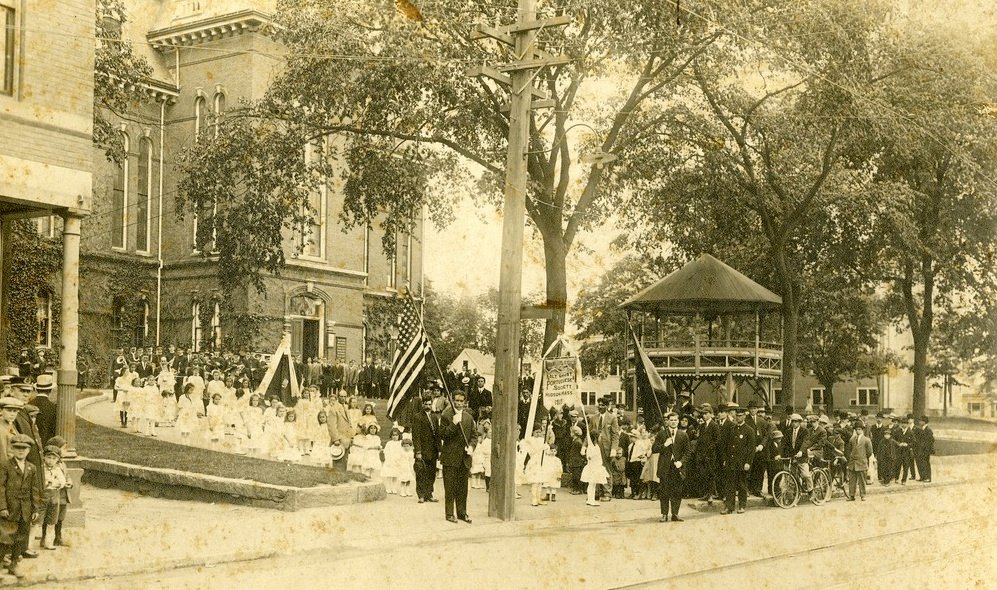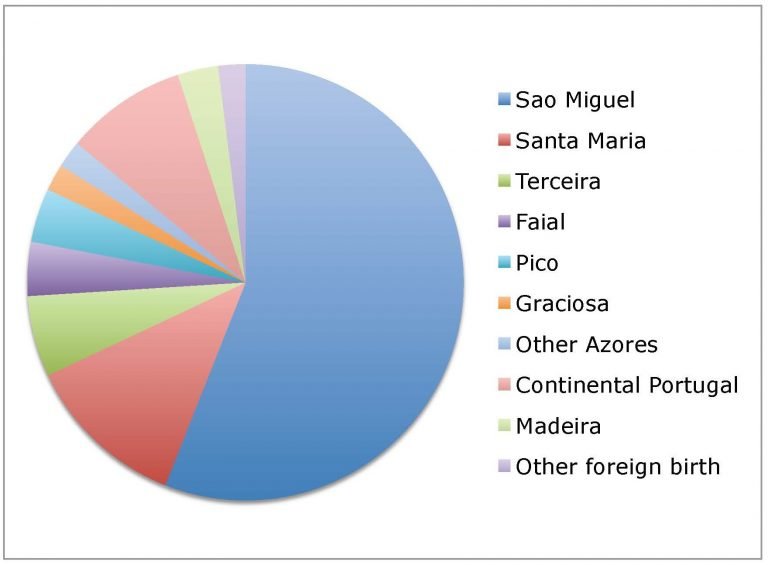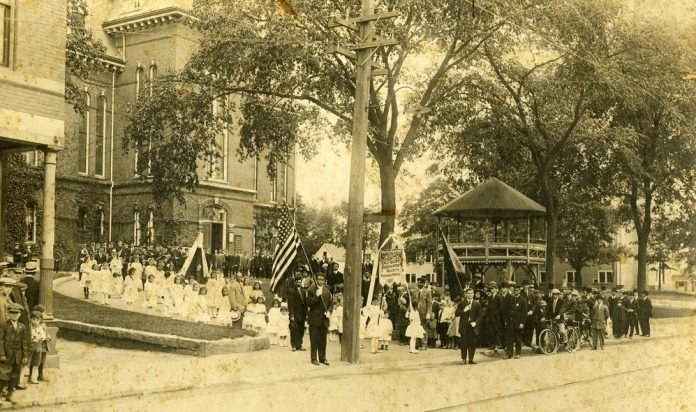
Portuguese-speaking immigrants have played a significant role in shaping Massachusetts’ cultural and economic landscape. From the 19th century onward, settlers from the Azores and Madeira arrived in the region, initially finding work in fishing and whaling in cities like New Bedford and Fall River.
Estimated Population: Approximately 600,000.
Early Portuguese Migration: From Whaling Ships to New Settlements
Portuguese men first arrived in Massachusetts aboard American whaling ships that recruited crew members from the Azorean island of Faial. Located about 850 miles west of mainland Portugal, the Azores were a critical supply point for these vessels. These early immigrants, many of whom were fishermen and farmers back home, arrived in New Bedford before the Civil War, driven by overpopulation and limited opportunities in the Azores.
Over time, they established roots in southeastern Massachusetts, eventually bringing their families to join them. A smaller group ventured north to the Boston area, where direct steamer service from Faial to Boston began in 1902, making migration more accessible. Migrants increasingly came from neighboring islands such as São Miguel and Santa Maria, as well as Madeira. Only a small number originated from mainland Portugal.
Like many European immigrant groups, Portuguese immigration peaked in the early 20th century but declined sharply in the 1920s due to restrictive immigration policies.
The Azorean Refugee Act and Modern Migration
A turning point came in 1957 when volcanic eruptions and earthquakes devastated Faial, prompting many to flee. Responding to appeals from Portuguese Americans and Massachusetts Senator John F. Kennedy, Congress passed the Azorean Refugee Act in 1958, granting thousands of Azoreans entry to the United States outside immigration quotas. Many settled in Massachusetts, leveraging family connections with earlier emigrants.
The passage of the Hart-Celler Act in 1965 further boosted migration by increasing quotas and allowing family reunifications. This second wave of Portuguese migration peaked in the 1970s. Today, the Portuguese community in Greater Boston remains the largest foreign-born group from Europe.

Settlement Patterns: Building Communities in Boston and Beyond
While most Portuguese immigrants settled in southeastern Massachusetts, smaller communities took root in Boston and Cambridge. By the 1880s, sizable Portuguese populations had developed in Boston’s North End, East Boston, and East Cambridge. After 1900, Cambridge attracted many new arrivals from São Miguel and Santa Maria, with Cambridge Street evolving into a hub of Portuguese-owned businesses serving immigrants across the region.
By the 1960s, Somerville had become a focal point for Portuguese families, boasting the largest Portuguese-American community in Greater Boston. Towns like Hudson, Peabody, and Gloucester also became home to thriving Portuguese communities.
Work and Economic Contributions
As the whaling industry declined in the 1870s, Portuguese immigrants transitioned to fishing, farming, and factory work. In southeastern Massachusetts, many found employment in textile mills, while those in Boston worked as fishermen, dockworkers, and in manufacturing industries like furniture, meatpacking, and shoemaking.
By the 1970s, as industrial jobs dwindled, Portuguese workers pivoted to the service sector, taking on roles in hospitality, cleaning, transportation, and healthcare. These transitions underscore the resilience and adaptability of the Portuguese-speaking community in Massachusetts.


